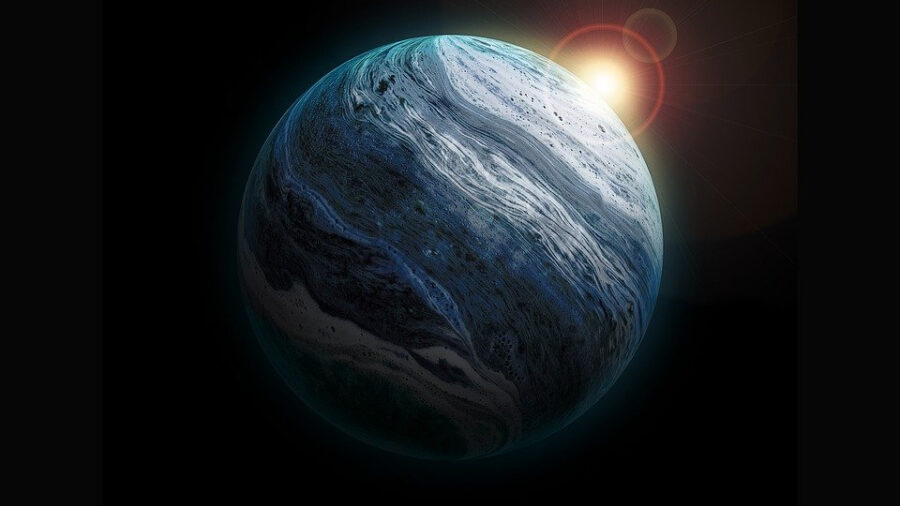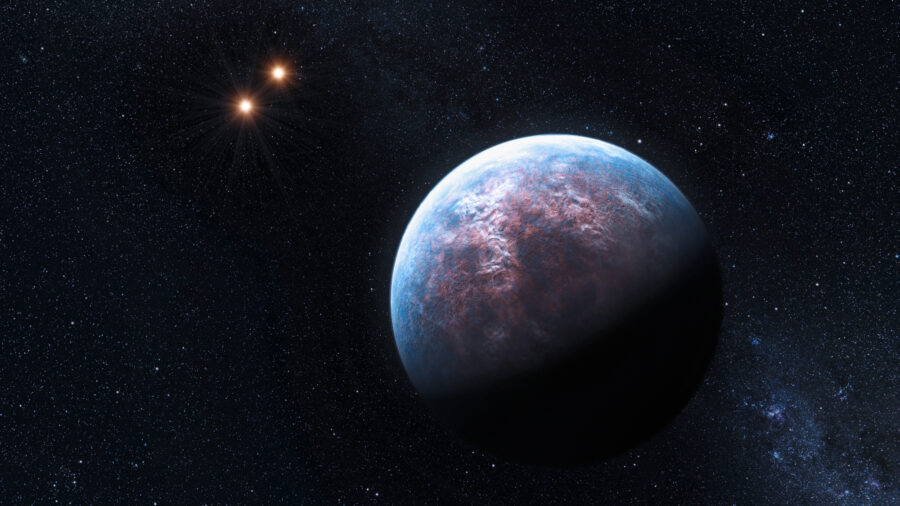Habitable Planet Perfect For Humans In The Future?
Proximia b, in the Alpha Centauri star system, might be able to support life, except it's over four light years away.

There are probably plenty of planets that can support life outside of our little corner of the universe, but it’s pretty rare to find habitable planets that are close to home. Excitingly, the nearby exoplanet Proxima b bucks that trend, as it is only 4.3 lightyears away from us. Additionally, the planet is only a bit bigger than ours, and the red dwarf star it orbits is similar in age to our sun. (via TheSpaceAcademy.org)
Proxima b has been studied closely in recent years, and opinions have varied on whether or not it could be a habitable planet. However, a recent study suggests that the planet could possibly support a vast ocean and liquid water. The simulations that suggest these theories also mean that it has the possibility to sustain life.
The study conducted was the first time climate simulations of Proxima b were run with a dynamic ocean. Since Proxima b is tidally locked to its star, half of the planet is in perpetual darkness, and the other half is in perpetual daylight. The climate models with a static ocean suggest that the liquid ocean would be fairly small, but a dynamic ocean model suggests that the ocean could be much bigger and even bleed into the assumed-to-be-frozen nightside ocean, which would increase the likelihood of Proxima b being a habitable planet.
The climate models in the simulations would change variables salinity levels and atmospheric greenhouse gas concentrations. Over a dozen simulations suggested that Proxima b could sustain a liquid ocean and possibly be a habitable planet under these conditions. However, the model also suggests that the ocean temperatures would be much colder than previously theorized.
However, this doesn’t necessarily mean that Proxima b couldn’t be a habitable planet. Just don’t expect it to be a tropical vacation planet by any means. It is certainly fascinating that Proxima b could be habitable while still being so close to us.

Of course, visiting Proxima, even if it is a habitable planet, is far beyond our current reach. To reach Proxima b in a reasonable amount of time, we would need to get up to light speed — or at least a percentage of light speed. At this point, we don’t have spacecraft that can reach even 1 percent of the speed of light.
Still, it’s certainly cool to find out if Proxima b is a habitable planet that can sustain life. One day, perhaps our technology will be advanced enough to get an in-person look at Proxima b, but we’re a long way off. To understand just how far off we are from lightspeed travel, look at the Parker Solar Probe.
The Parker Solar Probe is the fastest thing ever designed by humans and was launched in 2018 to observe the outer corona of our sun. When it reaches its closest approach to the Sun in 2025, it is projected to reach nearly 430,000 mph — or .064 percent of the speed of light. In short, we either have a lot of work to do to reach Proxima b or we would need to find a habitable planet much closer if we wanted to make a visit.












